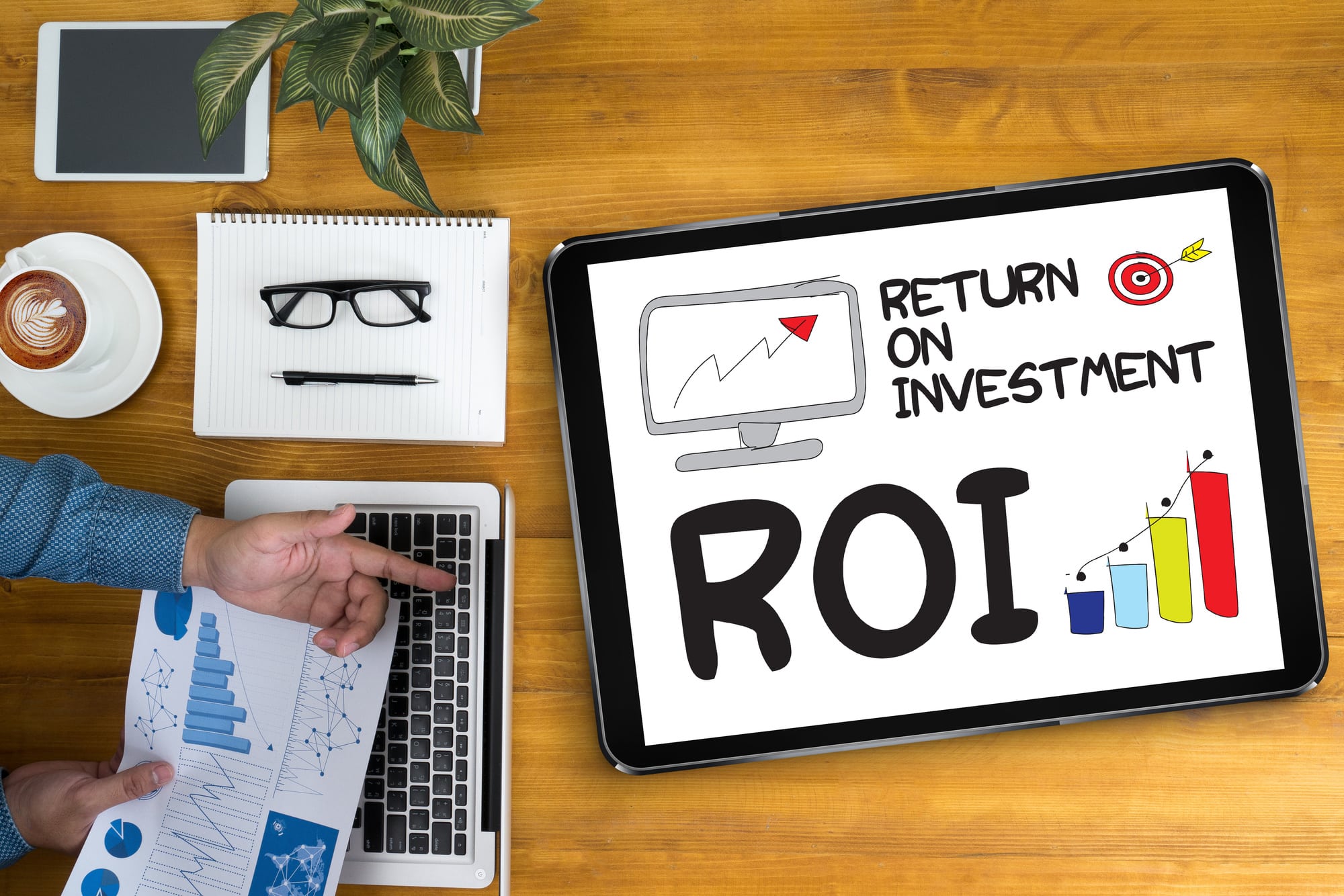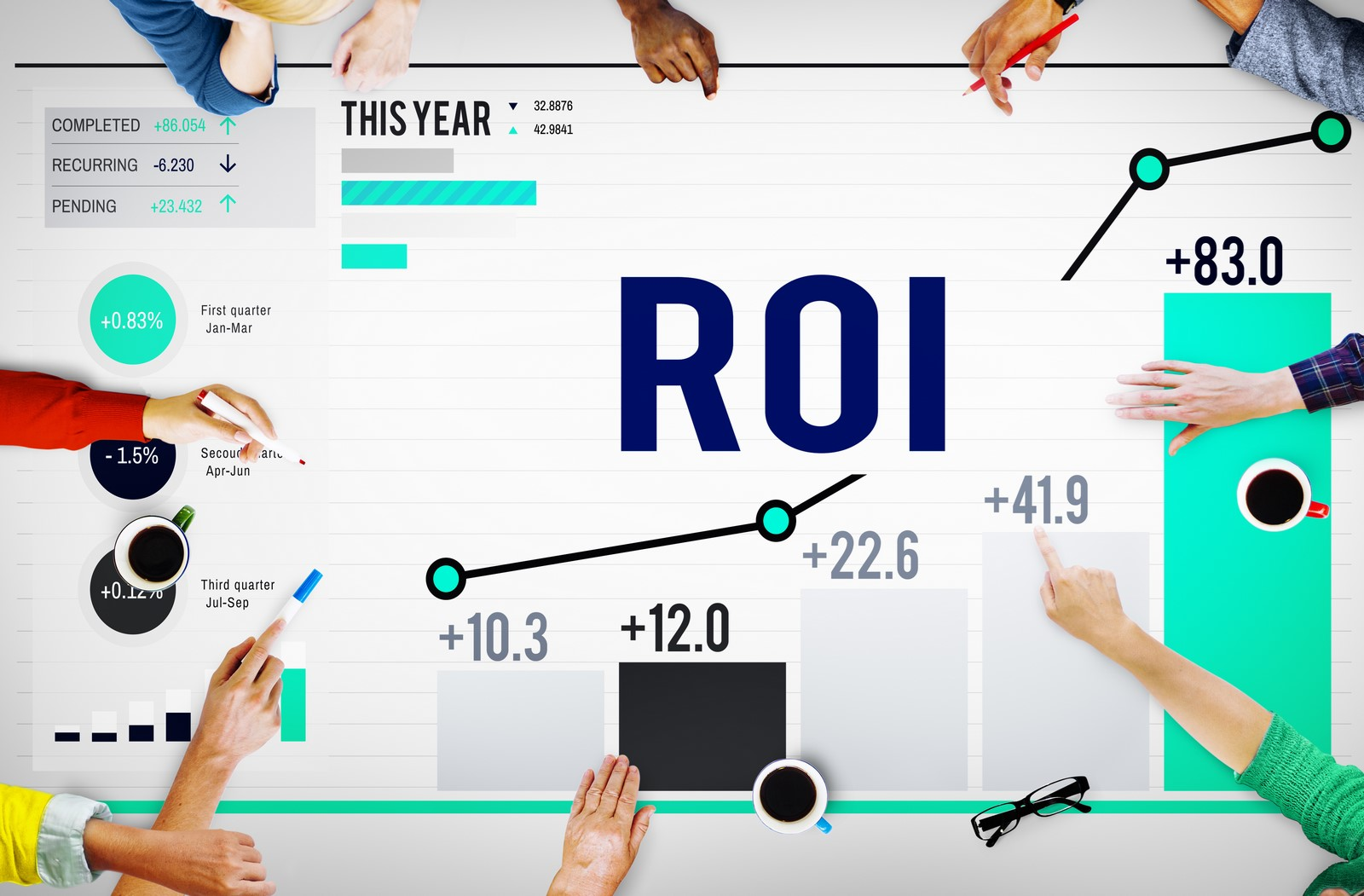In today’s competitive landscape, businesses invest significant resources in marketing to capture attention, drive sales, and enhance brand visibility. However, measuring the return on investment (ROI) of these campaigns is crucial to understanding their effectiveness and optimizing future strategies. Check out a little about marketing ROI…
The importance of measuring marketing ROI
Marketing ROI is the value a business gains from its marketing investments. It helps you determine whether your campaigns are profitable, guiding decision-making and budget allocation.
Without measuring ROI, businesses risk wasting money on ineffective strategies. By tracking the success of your efforts, you can refine your approach and achieve better results.
What is ROI in marketing?

ROI in marketing measures the profitability of your marketing efforts. It’s calculated using the formula:
ROI (%) = [(Revenue – Marketing Cost) ÷ Marketing Cost] × 100
For instance, if you spend $1,000 on a campaign and generate $5,000 in revenue, your ROI is:
[(5,000 – 1,000) ÷ 1,000] × 100 = 400%
This means every dollar invested yielded $4 in profit.
Key metrics to track for marketing ROI
Before diving into the calculation, it’s essential to identify the right metrics:
- Customer acquisition cost (CAC): The cost of acquiring one new customer.
- Conversion rate: The percentage of users who complete a desired action, such as making a purchase.
- Customer lifetime value (CLV): The total revenue a customer is expected to generate over their relationship with your business.
- Sales growth: The increase in sales attributed to the campaign.
- Traffic metrics: Website visits, click-through rates, and engagement on ads or posts.
Step-by-step guide to measuring marketing ROI
Step 1: Define clear goals
Start by identifying what success looks like for your campaign. Are you aiming to increase sales, generate leads, boost brand awareness, or drive website traffic?
Example:
A SaaS company may set a goal to generate 100 new subscriptions through a digital ad campaign.
Step 2: Identify the costs
Include all expenses associated with the campaign:
- Ad spend.
- Agency fees.
- Content creation costs.
- Tools or software used.
Example:
If you’re running a Google Ads campaign, include the cost of keywords, ad creative, and management fees.
Step 3: Track revenue generated
Determine the revenue directly attributable to the campaign. Use tracking tools like Google Analytics, UTM parameters, or CRM software to link customer actions to your efforts.
Tip:
Set up conversion tracking to understand which channels and ads are driving sales.
Step 4: Calculate ROI
Use the formula mentioned earlier to calculate your ROI.
Step 5: Analyze and adjust
Review your results to identify strengths and weaknesses. This analysis will help you refine future campaigns for better performance.
Tools to measure marketing ROI

1. Google analytics
Track website traffic, conversions, and user behavior to understand how campaigns impact your site’s performance.
2. HubSpot
A comprehensive CRM platform that provides insights into lead generation, conversions, and overall campaign effectiveness.
3. SEMrush
Helps analyze SEO performance, paid ads, and social media campaigns to gauge ROI.
4. Facebook ads manager
Tracks the performance of your paid social campaigns with detailed metrics, such as reach, engagement, and conversions.
5. Google ads conversion tracking
Monitors the effectiveness of Google Ads by tracking clicks, leads, and sales.
Challenges in measuring marketing ROI
- Attribution issues: Determining which channel or tactic contributed most to a conversion.
- Time lag: Some campaigns, such as SEO, may take months to show results.
- Intangible benefits: Brand awareness and customer loyalty are hard to quantify.
Solutions:
- Use multi-touch attribution models to assess the impact of each channel.
- Set realistic timelines for campaigns with long-term goals.
- Conduct surveys to understand brand awareness impact.
Improving marketing ROI
1. Focus on high-performing channels
Analyze past campaigns to identify which platforms yield the best results and allocate your budget accordingly.
2. Personalize campaigns
Tailor your marketing messages to your target audience using customer data and segmentation.
3. Test and optimize
Run A/B tests on ad creatives, email subject lines, or landing pages to identify what resonates best with your audience.
4. Invest in retargeting
Retarget website visitors or abandoned cart users with personalized ads to boost conversions.
5. Leverage automation
Use marketing automation tools to streamline repetitive tasks, nurture leads, and improve efficiency.
Success stories: companies nailing marketing ROI

1. Airbnb’s content marketing success
Airbnb invested heavily in user-generated content, encouraging hosts and guests to share their experiences. This approach led to increased engagement and a 200% ROI on content marketing efforts.
2. Coca-Cola’s data-driven marketing
Coca-Cola uses data analytics to personalize campaigns, resulting in higher engagement and sales across global markets.
3. Dollar shave club’s viral video
The brand’s humorous YouTube video cost just $4,500 to produce but generated 12,000 new customers within 48 hours, achieving an astronomical ROI.
ROI as a roadmap to marketing success
Measuring the ROI of your marketing campaigns isn’t just about numbers—it’s about understanding what works and optimizing your strategy for maximum impact. By using the tools and strategies right, you can make data-driven decisions that enhance profitability and drive sustained growth.
Investing time and resources in ROI analysis today ensures smarter marketing investments tomorrow.
Frequently asked questions (FAQs)
What is a good ROI for marketing campaigns?
A good ROI depends on your industry and goals, but a general benchmark is a 5:1 ratio (five dollars earned for every dollar spent).
How can I attribute ROI to specific campaigns?
Use tools like Google Analytics, UTM parameters, and CRM platforms to track user behavior and link conversions to specific campaigns.
Can social media campaigns deliver a measurable ROI?
Yes, by tracking metrics like engagement, click-through rates, and conversions using platforms like Facebook Ads Manager or Instagram Insights.
What’s the difference between ROI and ROAS?
- ROI (Return on Investment) considers overall profitability.
- ROAS (Return on Ad Spend) focuses specifically on revenue generated from ad spend.
How do I measure ROI for SEO campaigns?
Track organic traffic, keyword rankings, leads, and conversions over time to assess the impact of your SEO efforts.




